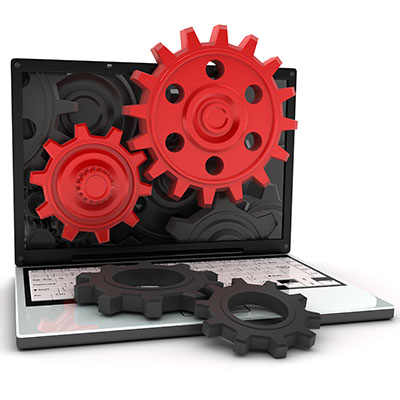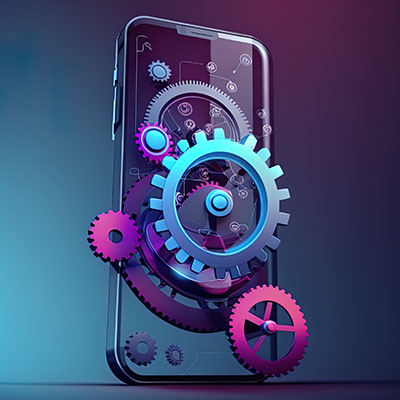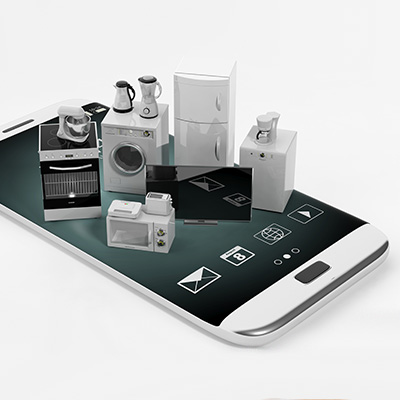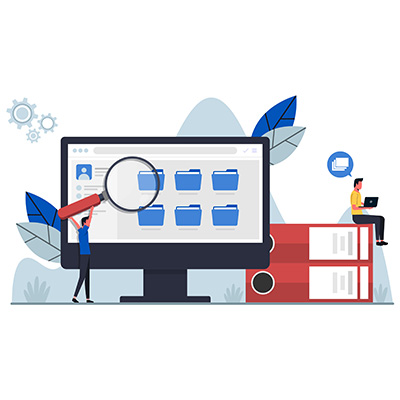People are constantly upgrading their technology. I mean, just take a look at how many people upgrade their phone every year even though innovation of the devices has slowed considerably. Alternatively, sometimes users ignore the signs that it is time for an upgrade even when they are crystal clear. This type of mentality will not help you, especially if your technology breaks down. You need to be able to identify when older devices are holding you back and take steps toward replacing them with better, more powerful ones.
Google is rolling out client-side encryption to Gmail and Calendar, which will allow users to create meeting events as well as send and receive emails that have been encrypted before being sent to Google servers. Client-side encryption will be available to organizations with Google Workspace Enterprise Plus, Education Standard, and Education Plus plans. All other types of Google Workspace accounts and personal Gmail accounts will not get client-side encryption.
Wearable technology is all over the place in your office, whether you realize it or not. Consider how many of your employees wear smartwatches or health trackers. All of these devices tend to enrich the lives of those who use them, but they can quickly become network security risks if you aren’t prepared to handle them on your company network. Let’s go over what you need to consider to protect your business from wearable technology.
One of the nice things about the Windows operating system is how many bells and whistles there are to benefit the user. Take, for example, Storage Sense, which is intended to help you deal with some file storage issues that are only too common both at the office and at home. Let’s take a closer look at Storage Sense and how knowing about its capabilities can be so helpful.
The sales process is an integral part of every business. How to get your products and services in front of prospective customers is the big mystery that every business has to solve. Technology can really help improve your business’ sales process. Today, we will look at a couple of technologies that work wonders to help your sales team be more effective.
Most people use their smartphones more than any other computing tool, and businesses must adapt to these trends if they want their employees to be as productive as possible. Businesses can capitalize on their employees’ smartphone use if they are strategic in their implementation of mobile device tools and strategies—including work profiles on Android devices.
When people talk about the growth of technology in business, no small part of that is what the Internet of Things makes possible. From cost control, to automated scheduling, to helping build operational efficiency, the IoT can present a lot of interesting benefits for a business if you strategically implement systems designed to use the data created by smart devices. Let’s take a look at some of the ways IoT works for small businesses.
Today’s businesses need a data backup, and just copying over data to another place every so often isn’t enough. Modern businesses need a comprehensive data recovery strategy in place to protect themselves from potential data loss in the event of a disaster. Let’s go through why it is critical to formulate one early on, and how to balance its maintenance with everything else your business demands.
Smart devices are all the rage in today’s consumer-based market. People love to get their hands on devices that can help them better track and manage their lives. There are two factors that play into how these devices can be brought into a professional work environment, though, and they are security and reliability.
The modern company has either completely digitized their business or has at least thought about it. This complete sea change has created a lot of beneficial situations for these organizations, but one element that often gets overlooked is the process of document digitization. In today’s blog we thought we’d go through the document digitization process and why it is so potentially beneficial for businesses.










